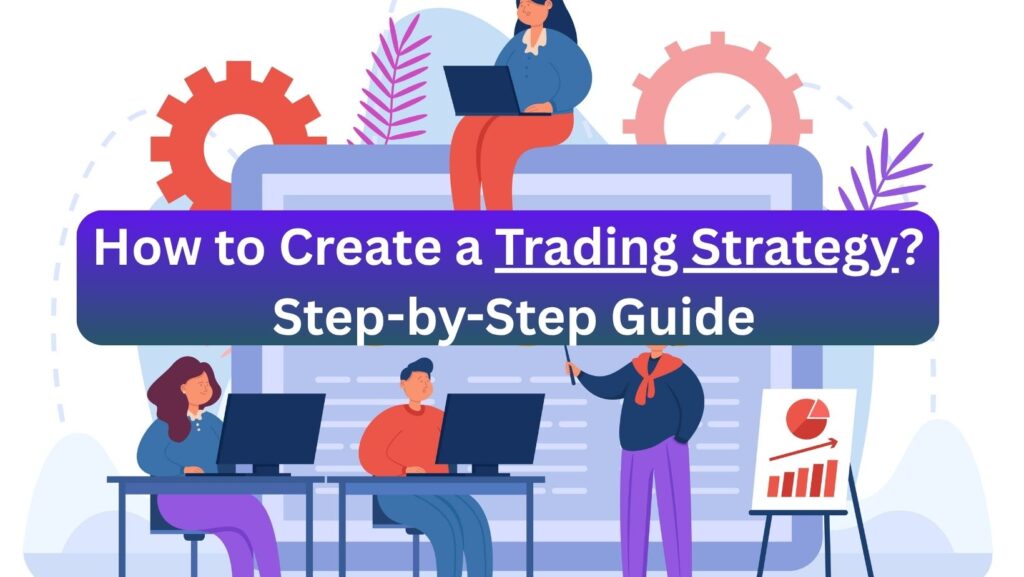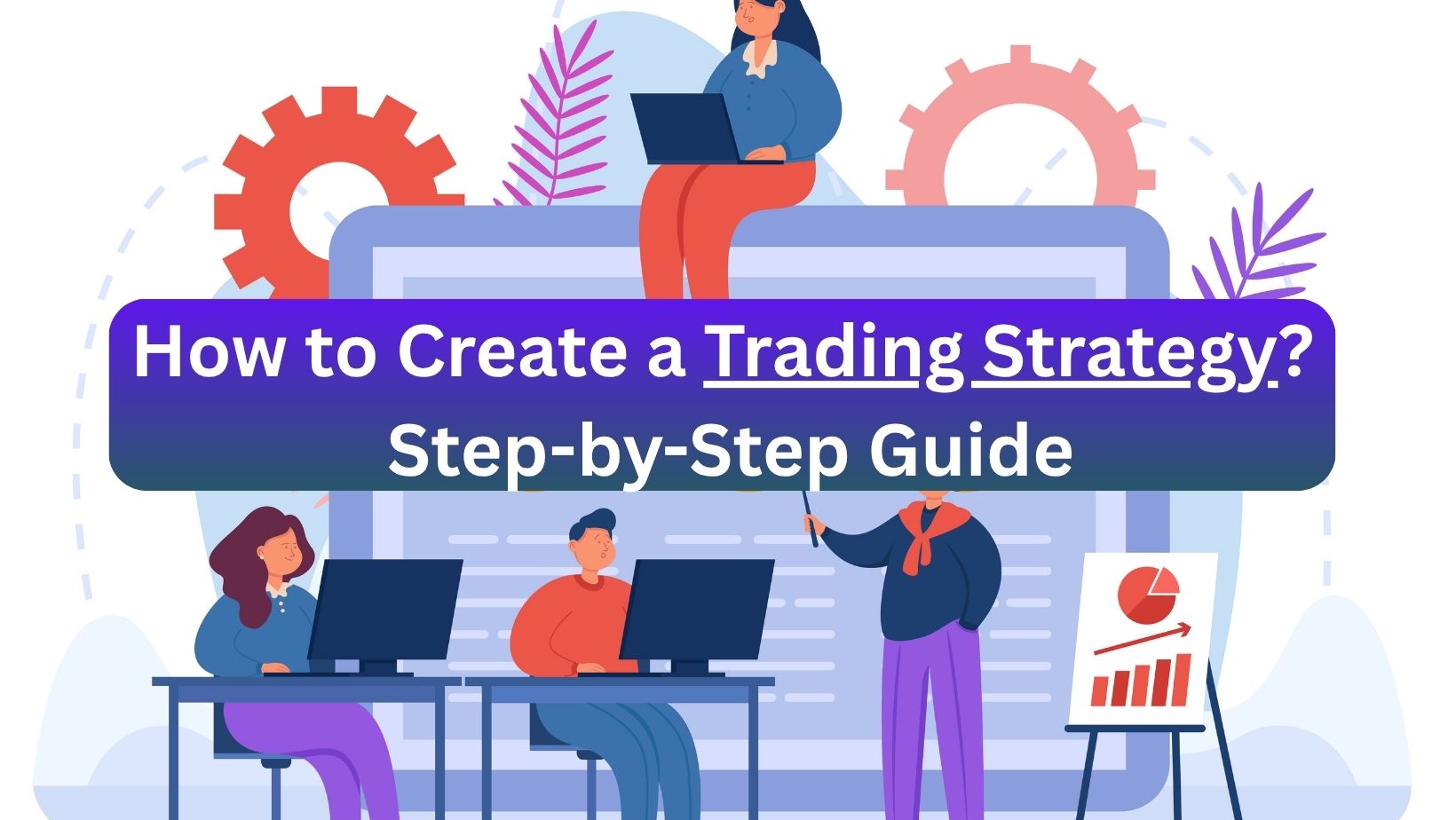Taking trades without a strategy in Forex trading is like entering a jungle without GPS. Strategy is a roadmap that guides your trading decisions with logic and discipline.
In this blog, we will go step-by-step:
- What is a trading strategy?
- What are the points of a successful strategy?
- Common mistakes
- A sample simple strategy

What is a Trading Strategy?
A trading strategy is a predefined plan or rule set in which you:
- When will you enter?
- When will you exit?
- Where will you place stop loss and take profit?
- In what time frame will you trade?
- How much risk will you take?
Goal: Making consistent decisions by eliminating emotions.
Trading Strategy Key Elements
| Element | Description |
| Time Frame | Scalping (1m–5m), Intraday (15m–1H), Swing (4H–D1) |
| Indicators | Technical tools like RSI, Moving Average, MACD etc. |
| Entry Rules | On which signal to buy/sell |
| Exit Rules | How to define TP and SL |
| Risk Management | How much capital to risk per trade |
| Trade Frequency | How many trades to log daily — 1, 2, or 5? |
Step-by-Step Trading Strategy Making Process
Step 1: Decide Your Trading Style
- Scalping: Fast trades, small movement
- Intraday: Same day entry-exit
- Swing Trading: Multi-day trades
Position Trading: Long-term investing style
➡️ Intraday or swing trading is correct for beginners.
Step 2: Choose Time Frame
- Scalper → 1-min, 5-min
- Intraday → 15-min, 1-Hour
- Swing → 4-Hour, Daily
✅ Tip: Start with 15 min – 1 Hour for better clarity.
Step 3: Select Indicators
Using 1–3 reliable indicators:
| Indicator | Use |
| RSI | Overbought/oversold signal |
| Moving Average | To identify trend |
| MACD | To confirm trend reversal |
| Bollinger Bands | To measure volatility |
| Support/Resistance | Price action identify |
✅ Less is more – too many indicators can create confusion.
Step 4: Define Entry Rules
Example Rules (Buy):
- RSI below 30 indicates oversold.
- Price close above 200 EMA
- Bullish candlestick pattern ho
- MACD crossover upward
➡️ All signals are confirmed upon entry.
Step 5: Define Stop Loss & Take Profit
SL = Last swing low or fixed pip count (20–50 pips)
TP = 1:2 or 1:3 risk-reward ratio
Example:
If Stop Loss is 30 pips then Take Profit can be 60–90 pips.
Step 6: Set Risk Management
Golden Rule: Do not risk more than 1–2% capital per trade
- Capital = $10,000
- 1% Risk = $100
- Calculate lot size accordingly
👉 This saves you from losing your account.
Step 7: Backtest the trading strategy
- Analyze minimum 20–50 past trades
- Look at win rate, average risk-reward, drawdowns
- If the result is positive then use it for real
Step 8: Maintain a journal
- Screenshot of every trade
- Trade Entry / Trade Exit time
- What worked / what didn’t
- What was the emotion / logic
✅ Using the journal you can optimize the strategy.
A Simple Beginner Trading Strategy Example (Trend + RSI Based)
Name: Trend Reversal Trading Strategy
Time Frame: 15-min
Indicators:
- 200 EMA
- RSI (14)
- Support/Resistance lines
Buy Setup:
- Price should be above 200 EMA
- RSI below 30 indicates oversold.
- Price is near support level
- Bullish candle is made
Selling Setup:
- Price below 200 EMA
- The RSI is above 70 (overbought)
- Price is near resistance
- Bearish candle is made
Stop loss: Recent low/high
Take profit: 1:2 risk-reward
Common Mistakes That Should Be Avoided
| Mistake | What has created the problem? |
| Changing strategy every time | Inconsistent result |
| No Stop Loss or Take profit to use | Emotional decision-making |
| Indicators overload | Analysis paralysis |
| Strategy to be used without testing | Real loss without knowledge |
| Overtrading | Burnout and loss |

✅ Conclusion
Creating a Trading strategy in Forex trading is a science + art. You need a simple, testable, and repeatable plan along with an understanding of the market.
Start small, keep testing, and execute with discipline.
So if you liked this blog then follow and share www.growthlikej.com for similar informative knowledge blogs.

